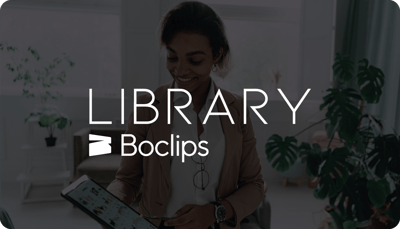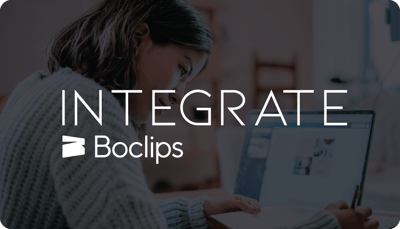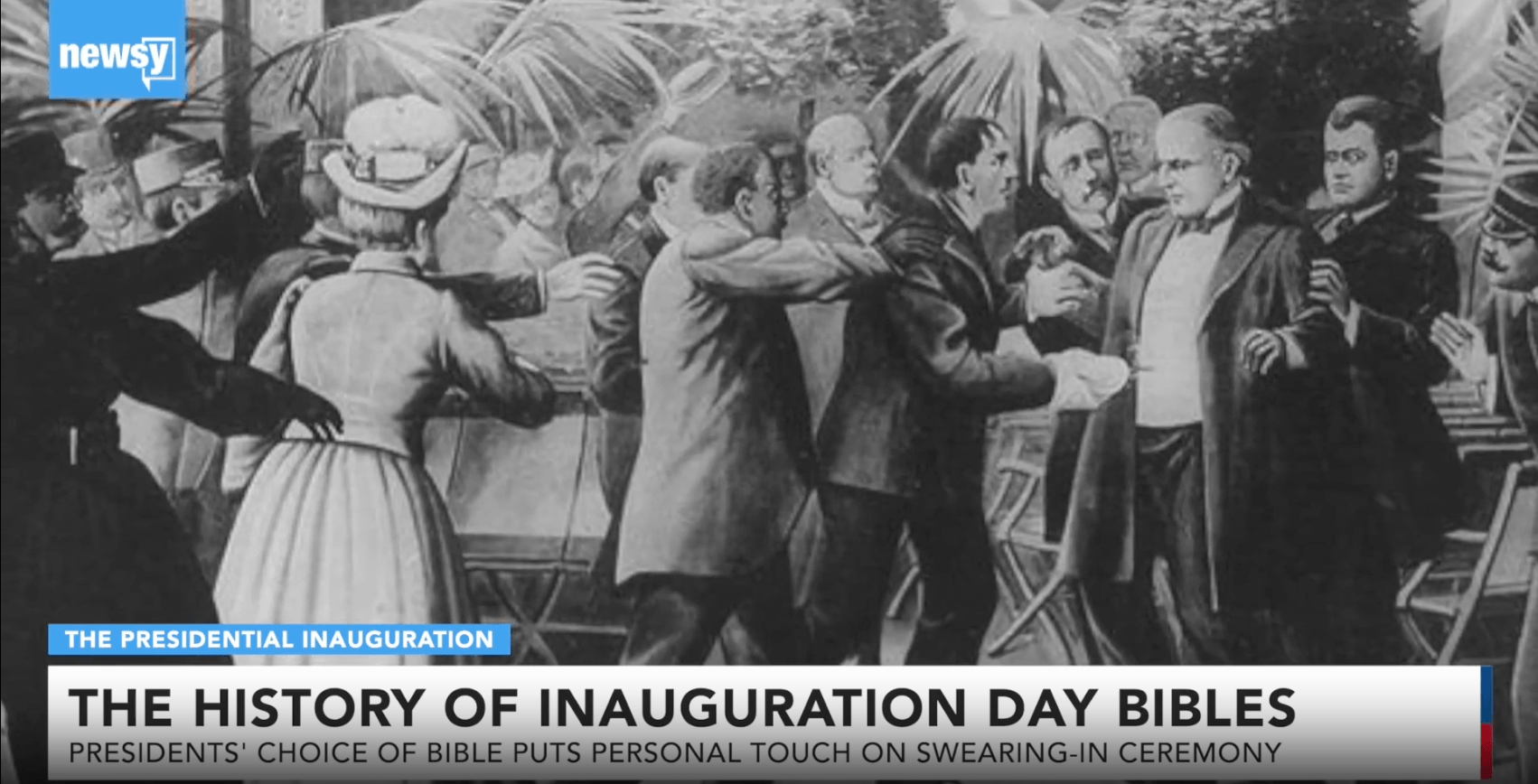In previous posts, we’ve covered how to use video to differentiate learning content and process. These are aspects of differentiation that teachers are often familiar with, but did you know that it’s also possible to differentiate the product of learning?
Product is what is being assessed, and more often the product is moving away from exams and tests and into presentations, projects, and performances. Teachers can provide students with options on how they want to prove their mastery of a skill or content area.
Differentiating around the product of learning can be a challenge for teachers because all new rubrics and metrics need to be designed for them. This is where qualitative feedback and project proposals come in. Try allowing students to determine, in the beginning, how they want to be assessed.
<<Want to learn more about how you can amplify great teaching with video? Schedule a demo>>
Tip 1: Allow students to choose their assignment
This is the simplest approach to differentiating around product. Many teachers will have an anchor chart in their classroom with the common choices students can select from throughout the year, with six or nine options being the most common. Try surveying your students every so often about what assignment ideas they have and putting them on the list! With these traditional assignments, ask students to include a comparative element such as selecting a video to compare with the text.
Tip 2: Support students in project design
In agreement with the teacher, students can create their own timeline, draft deadlines, and goals with the teacher. When given free rein to express their learning, students will often reach above and beyond - and learn all the time management and practical skills they need to reach that goal along the way.
Tip 3: Place traditional assignments in the digital context
The digital context is exciting and familiar for students. By asking them to create a podcast on the topic, they’re actually practicing their oral presentation skills. By assigning them a recorded video summary of a novel with a script, they’re actually writing! A character map could become an Instagram page, or a current event report could be written as a news piece.
Tip 4: Bring the video essay into the classroom
Video essays are an increasingly popular style in digital content that can be utilized as an instructional tool. These videos take on the technique of the traditional essay while incorporating multimedia such as audio, stills, clips, and screenshots for supporting evidence. Students watch the video essay format and often don’t realize they’re doing so, especially video game or movie reviews. Take the transcript of these videos and ask students to identify the traditional essay components. Then, they can make their own!
Just as students should be able to learn in a way that meets their needs, they should also be given the opportunity to demonstrate their learning in a way that showcases their strengths. Like Einstein famously said, “everybody is a genius. But if you judge a fish by its ability to climb a tree, it will live its whole life believing that it is stupid.”
If you want to discover more tips for using video for differentiated instruction, you can download our free ebook. Want to find engaging videos to help you put these tips into practice? Get in touch to find out how Boclips for Teachers can help you amplify great teaching with video.
Bree Fabig
Bree has experience in multicultural and multilingual classrooms in the US, Japan, and Nepal and has taught primary, ESL, SAT prep, and secondary language arts.
- #Video in Digital Learning
- #Classroom
- #Educational Videos
- #Video Content Partners
- #Tips for Using Video
- #Boclips for Publishers
- #Issues in Education
- #Educational Videos by Subject Area
- #News and Announcements
- #Events & Holidays
- #Video and Teaching Tools
- #Teaching Methodologies
- #Education Videos
- #Video and Digital Literacy
- #Short Educational Videos
- #Instructional Design
- #Multimodal Learning
- #Video and Student Safety
- #Accessibility in Education
-3.png?width=390&height=223&name=Untitled%20design%20(2)-3.png)


.png?width=1152&height=660&name=Copy%20of%20Untitled%20Design%20(1).png)




